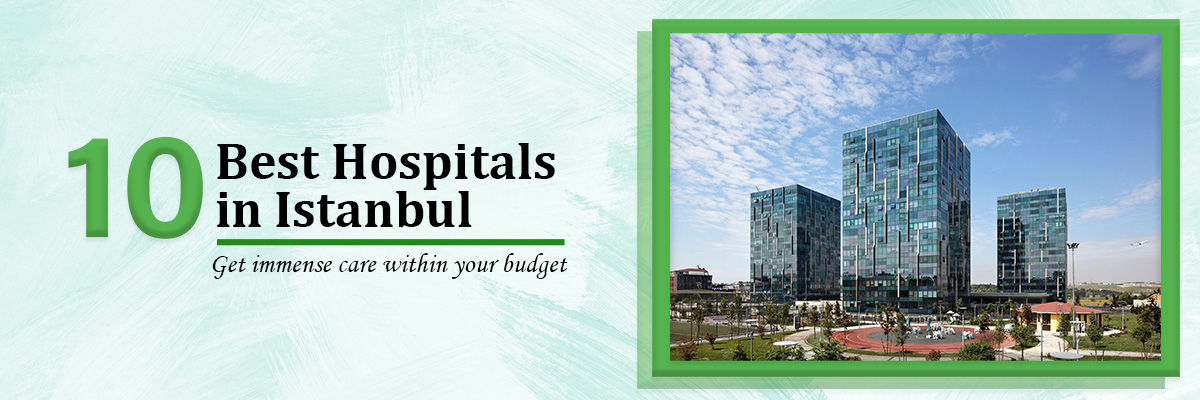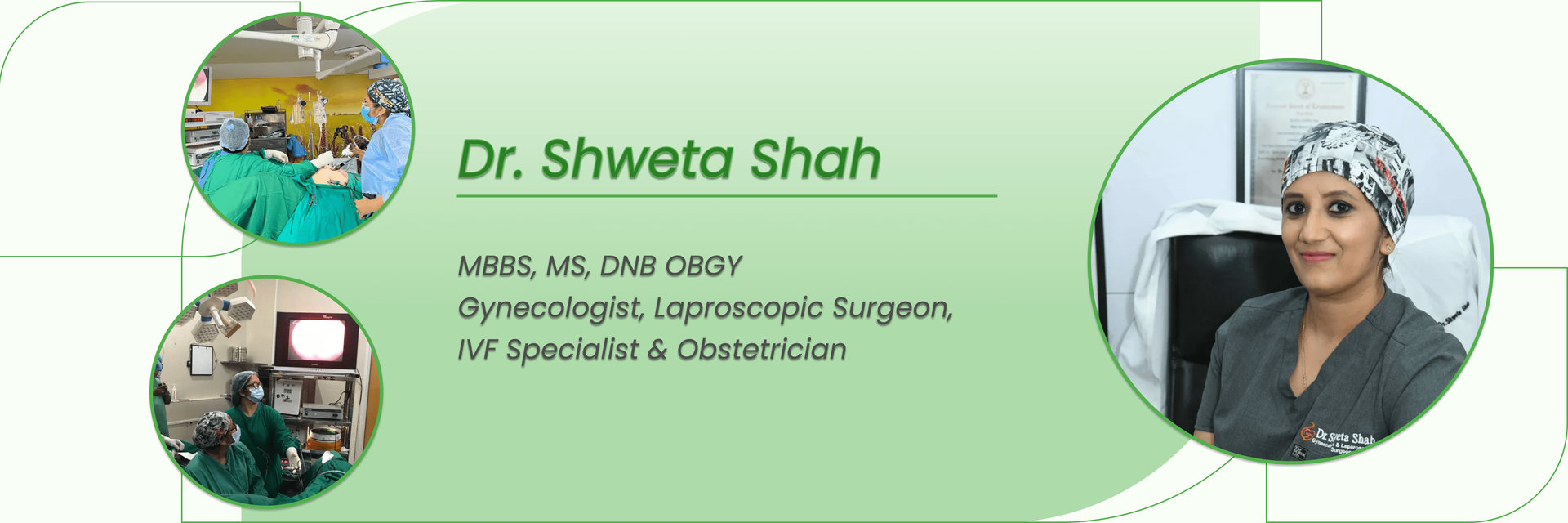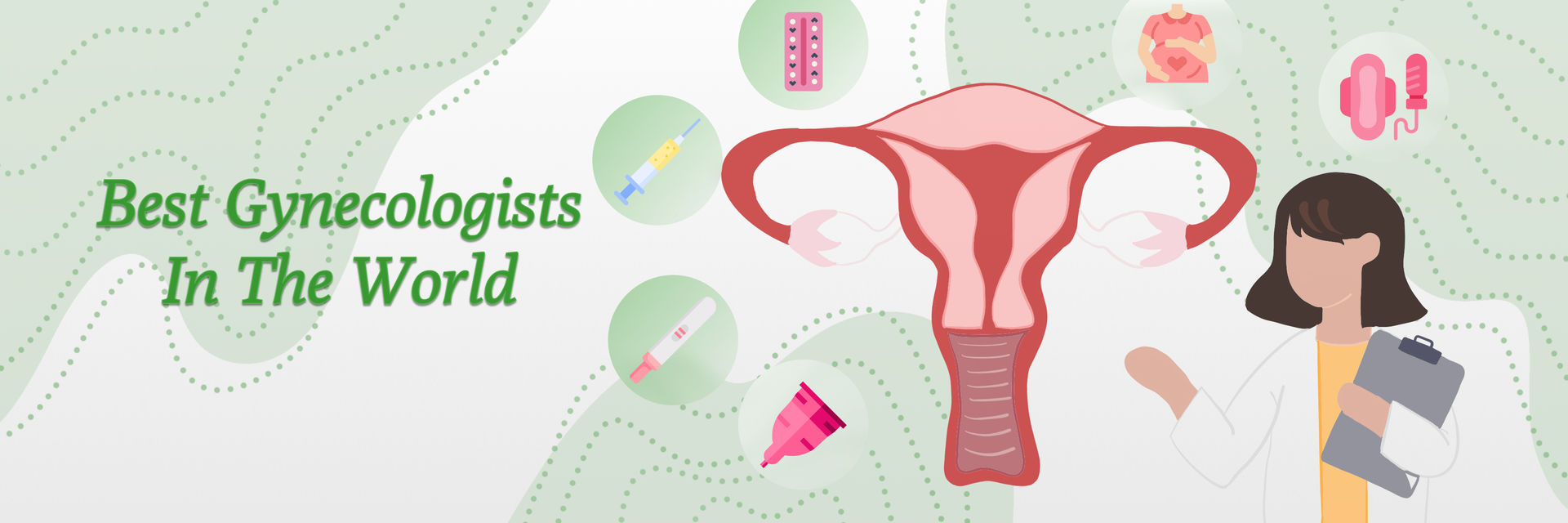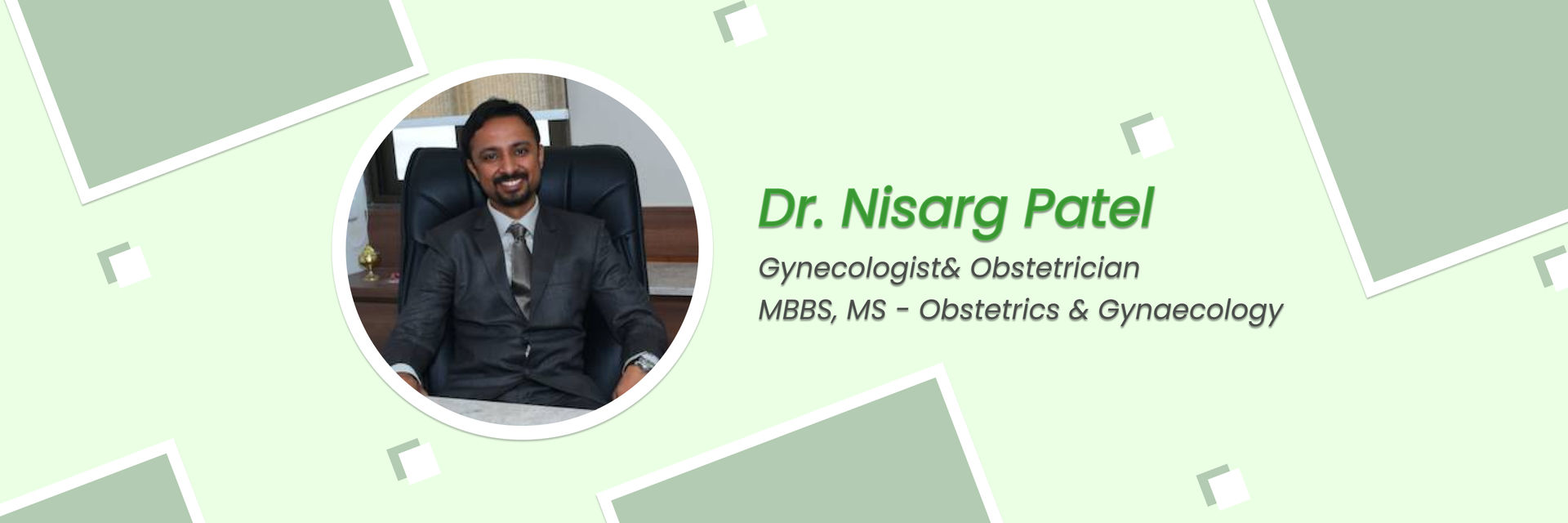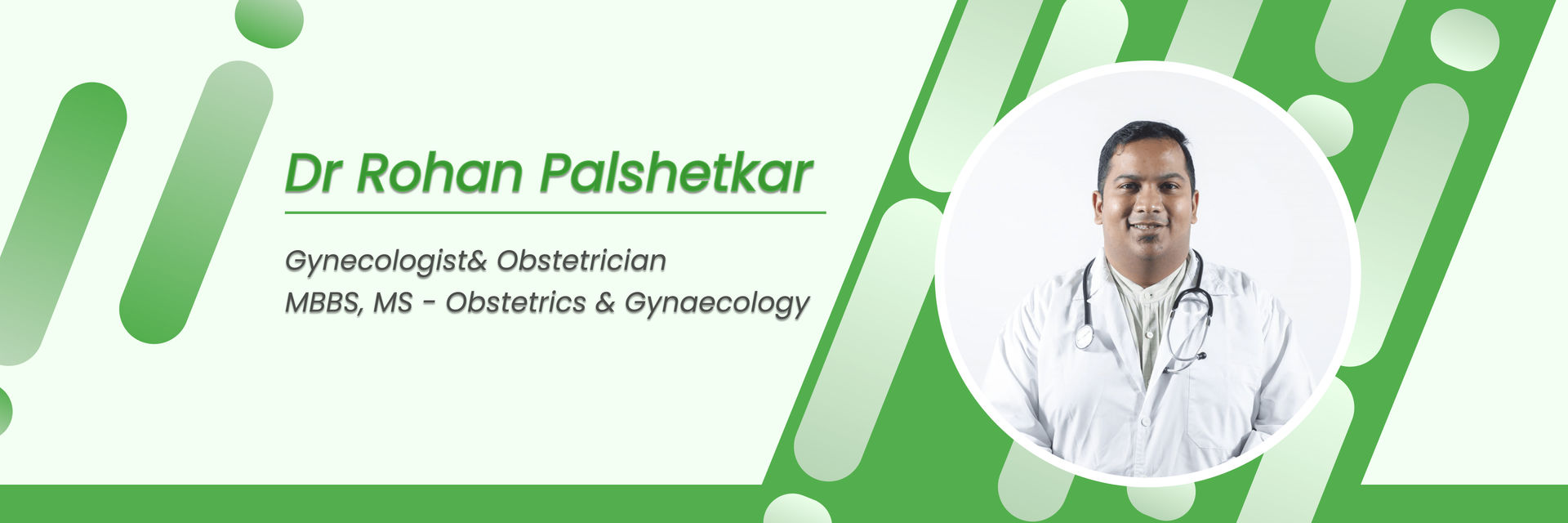Uterine fibroids are common, impacting many women, which often alleviates symptoms like pain and infertility. If you're over 40 and have had this surgery, you might wonder about your chances of pregnancy. It has been seen that about 80% of women who undergo a myomectomy can conceive afterwards.
In this blog, we'll explore what to expect when trying to get pregnant after a myomectomy at 40, including success rates, potential risks, and strategies to boost your chances of a healthy pregnancy.
With the right medical guidance, your journey to motherhood is still within reach.
Connect today with an experienced fertility specialist for personalized guidance and support on this journey.
Understanding Myomectomy and Its Impact on Fertility
Have you ever thought about how removing fibroids might help you conceive? Let's look at what a myomectomy involves and its benefits for fertility.
- A myomectomy is a surgical procedure that removes fibroids (benign tumors) from the uterus. Fibroids are common among women of reproductive age.
- The goal of a myomectomy is to remove the fibroids while preserving the uterus so that the patient can potentially become pregnant in the future.
- Types of myomectomy include laparoscopic surgery, abdominal surgery, and hysteroscopy surgery.
How Fibroids Affect Fertility:
A myomectomy can improve your fertility by addressing these issues, setting the stage for a potential pregnancy. This is vital for women who want to conceive or maintain their fertility options.
Statistics and Facts
Did you know how common uterine fibroids are? Let’s look at the numbers to get a clearer picture.
The high prevalence shows that fibroids are a common health issue among women of reproductive age. Understanding this can reassure many women that they are not alone and that well-established treatments and support networks are available.
Myomectomy, a surgical procedure to remove uterine fibroids, is often performed to improve fertility outcomes. However, the question of how age impacts these outcomes is a subject of ongoing research and discussion.
Recent studies suggest that women over 40 years old do not show substantial differences in reproductive outcomes, whether they undergo myomectomy or not. This finding is pivotal, as it highlights that age, while an important factor, may not be as limiting as once thought. In fact, among women who underwent laparoscopic intracapsular myomectomy (LIM), there were pregnancy rates of 39.2%, compared to 22.5% for open laparotomy (OIM) and 32% for the control group.
Seek Guidance for Fibroids from an experienced gynecologist. Take charge of your health and life. Contact us today!
Factors Affecting Pregnancy After Myomectomy
Are you thinking about getting pregnant after a myomectomy? Here are some key factors that can influence your chances of conception:
Age: Studies suggest that younger women (below 35 years) or those with less than 3 years of infertility have higher pregnancy rates after myomectomy.
Number of Fibroids Removed:
- Removing Many fibroids can sometimes affect the uterine structure and its ability to sustain a pregnancy.
- Women with fewer fibroids (≤6) removed tend to have better pregnancy outcomes.
- The removal of more than 6 fibroids may decrease the chances of pregnancy.
Type of myomectomy:
- The type of myomectomy performed can affect pregnancy outcomes.
- Submucosal fibroids, which grow into the uterine cavity, can particularly interfere with embryo implantation and increase the risk of miscarriage. Removing these fibroids can enhance the chances of a successful pregnancy.
- Intramural or subserosal fibroids can be removed through laparoscopic myomectomy.
- Larger fibroids may require an abdominal myomectomy or open surgery.
Each of these factors plays a critical role in fertility and highlights the complexities of conceiving post-myomectomy. Understanding how they affect conception can help you set realistic expectations and plan.
Discuss Pregnancy After Myomectomy with Your Doctor. Take proactive steps towards a successful pregnancy. Don't delay, schedule your appointment today.
Healing Process Post-Myomectomy
Ready to understand what the post-surgery healing process looks like?
- Scar Healing Timeline: the healing timeline for scars post-myomectomy ranges from 3 to 6 months. This period allows for the internal and external surgical wounds to heal before you consider pregnancy.
- Preparing for Pregnancy During the Healing:
- Balanced Diet:
- Consume a healthy, protein-rich diet to aid scar healing and strengthen the uterus.
- Stay hydrated and focus on your overall well-being.
- Track menstrual cycles:
- Symptoms fade away 2-3 months after surgery, and periods should resume as usual.
- Regular communication with your doctor during this time is essential.
- Assess tubal factors:
- If your doctor had concerns about fallopian tubes before surgery, consider a tubal patency test 3 months after myomectomy.
Taking these steps not only supports your general health but also sets a solid foundation for a future pregnancy.
Potential Risks and Considerations
- Uterine Rupture or Complications: The risk of uterine rupture is a significant concern, particularly related to the surgery's incisions. Other possible complications include internal scarring that may affect the uterus’s expansion during pregnancy.
- Impact of Age: For women over 40, the risks increase for genetic abnormalities, miscarriages, and conditions like gestational diabetes and hypertension. Age-related changes in egg quality also affect fertility.
It’s important to be aware of these risks to plan your pregnancy.
Prioritize Your Pregnancy Preparation: Discuss with your gynecologist. Start your journey to a healthy pregnancy today.
Conclusion
Remember that while pregnancy after myomectomy may carry a slightly higher risk of complications, such as preterm labor, cesarean delivery, and low birth weight, it is still possible to have a healthy pregnancy and deliver a healthy baby. Consulting with your healthcare provider and making informed decisions about your reproductive health are crucial steps in this journey.
FAQs
- How long should I wait to try conceiving after a myomectomy?
- It's recommended to wait 3 to 6 months to allow your body to heal properly.
- Are there specific tests or treatments I should consider before getting pregnant?
- Consider fertility assessments and general health check-ups to ensure optimal conditions for pregnancy.
- What are the signs of complications I should watch for during pregnancy after myomectomy?
- Watch for signs such as severe abdominal pain, unusual vaginal bleeding, or persistent discomfort.
- Can I have a natural birth after a myomectomy or will I need a C-section?
- Both natural birth and C-sections are possible, but your doctor will recommend the safest option based on your specific situation.
Reference
https://www.ncbi.nlm.nih.gov/pmc/articles/PMC3213745/
https://www.imrpress.com/journal/CEOG/46/2/10.12891/ceog4398.2019/htm
https://www.rbmojournal.com/article/S1472-6483(21)00272-8/fulltext
